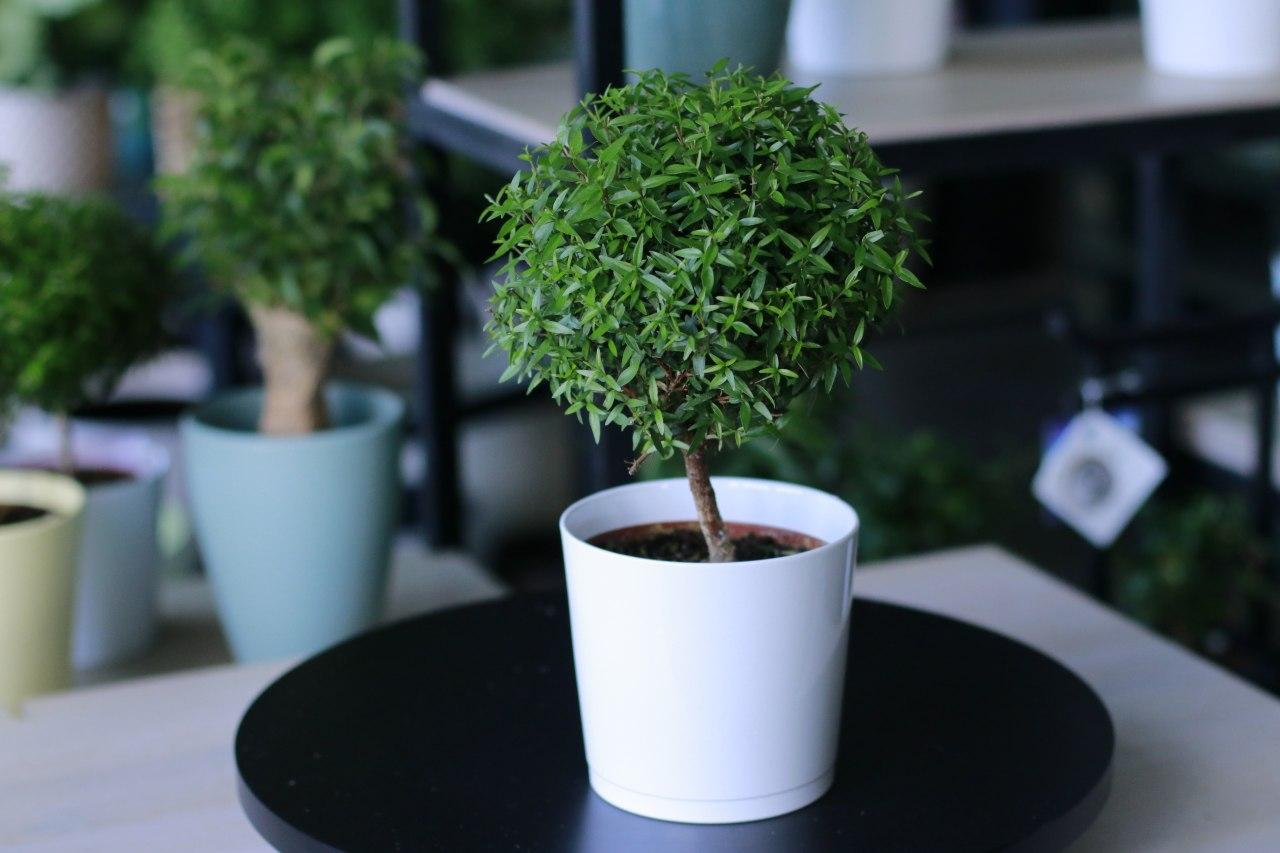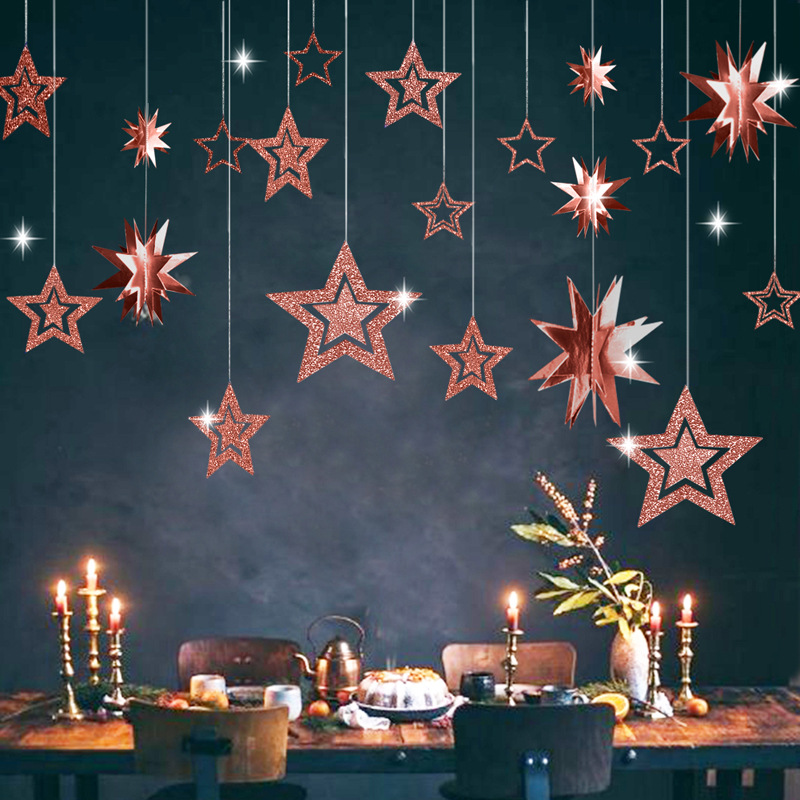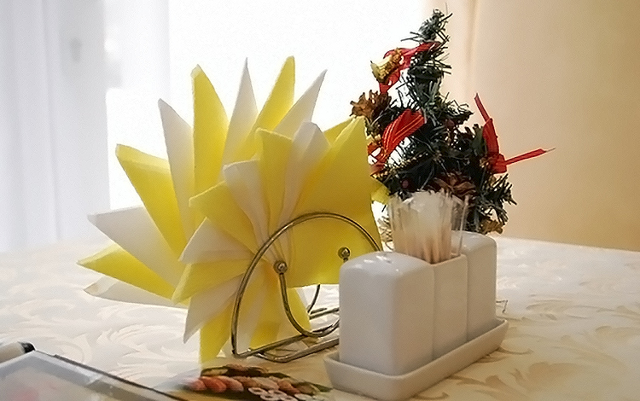8 Ideal Plants for the Kitchen
For many, this may seem strange - why do you need indoor plants in the kitchen? Everything is extremely simple - they create a good microclimate, actively absorb carbon dioxide produced in large quantities during the combustion of the stove, absorb harmful substances (and there are also plenty of them in the kitchen), and saturate the air with oxygen. And in general, indoor plants are always beautiful and cozy, no matter where they are.
However, the kitchen is not the best place for green pets. Sudden changes in temperature, an abundance of greasy vapors and high humidity - all this can destroy any tree or bush. However, from a huge list of plants, there are still those that can easily survive such conditions. Moreover, some of them will feel much better than in other rooms, since it is in the kitchen that optimal conditions are created for their growth and formation. It is always warm and humid here - this is an ideal place not only for people from the tropics.
The content of the article
Chlorophytum
One of the most popular plants, which is unpretentious, although in summer it needs to be watered abundantly. It grows quite quickly, and in the warm season it blooms small white flowers and new rosettes.
A neat bush with narrow variegated leaves will take root well in the kitchen with a little light. Its only disadvantages are that it grows quickly, so you need to regularly decorate the leaves, removing excess ones.
The beneficial properties of chlorophytum include the ability to improve air quality: it cleans it of dust and microbes, and actively fights harmful fumes from gas combustion.

Geranium
A small shrub with jagged leaves covered with fibers. It is also not capricious, and therefore grows well on the windowsill in the kitchen. However, if the windows face north, it is better to make a wooden stand.
Many people don’t like the specific smell of geranium, but few people know that it helps disinfect the air, repels flies and mosquitoes, prevents colds and even saves from migraines, insomnia and depression.

Begonias
You can place any begonia you like in the kitchen - it will adapt perfectly to the conditions. Everblooming, Rex, Griffin, Black Prince, Tiger, Collar - there are simply a huge number of them, and they are all great for wet kitchens.
Begonias grow and develop better in partial shade, so it is not necessary to place them on the windowsill, especially if chlorophytum or geranium already “live” there.
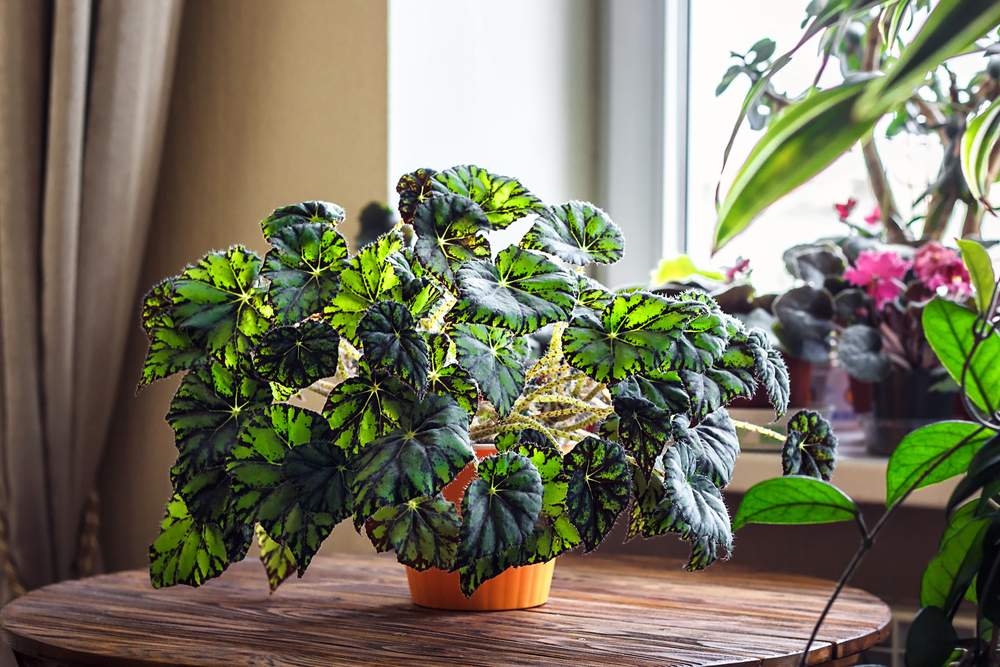
Benefit:
- cleans the air of bacteria, as well as dust and toxins;
- phytoncides secreted by begonia fight infections;
- reduces the influence of electromagnetic radiation from household appliances.
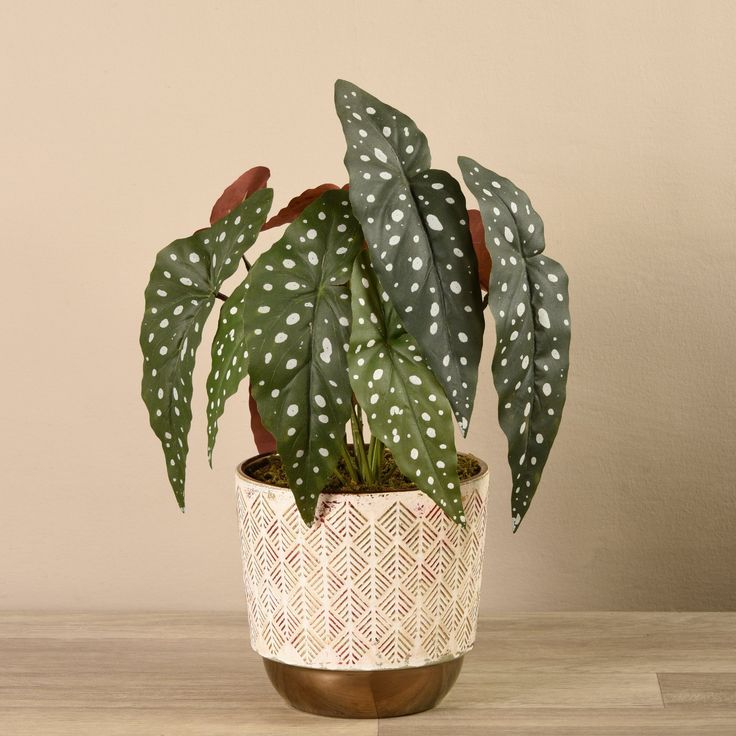
Nolina
This is a small tree with dense bark, expanding towards the bottom like a pear. It looks very impressive and not capricious. Nolina is able to collect moisture into an expansion at the root, and therefore even if you forget to water it, you don’t have to worry: in the kitchen there is somewhere to get liquid (at least from the environment).
The palm tree, absorbing carbon dioxide, saturates the air with ozone, oxygen and their components. Releases antibactericidal substances, improves the climate in the apartment.
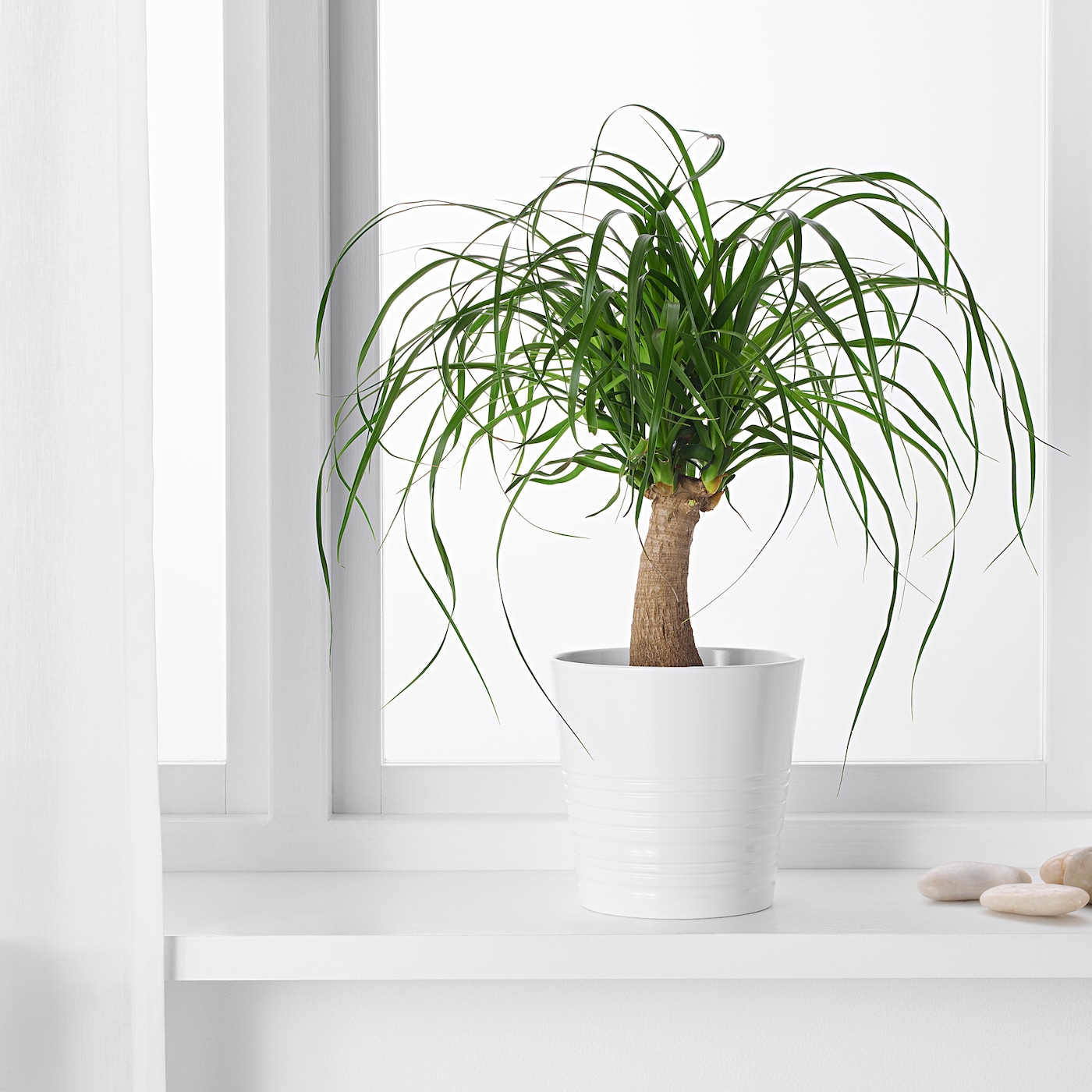
Pepper
The plant is not new, but it does not lose its popularity from year to year. Many housewives grow decorative mini-peppercorns right on the windowsill in the kitchen, killing two birds with one stone: both aesthetically and practically - at any time you can pick the fruit and add it to a dish, giving it a piquant and refined taste.
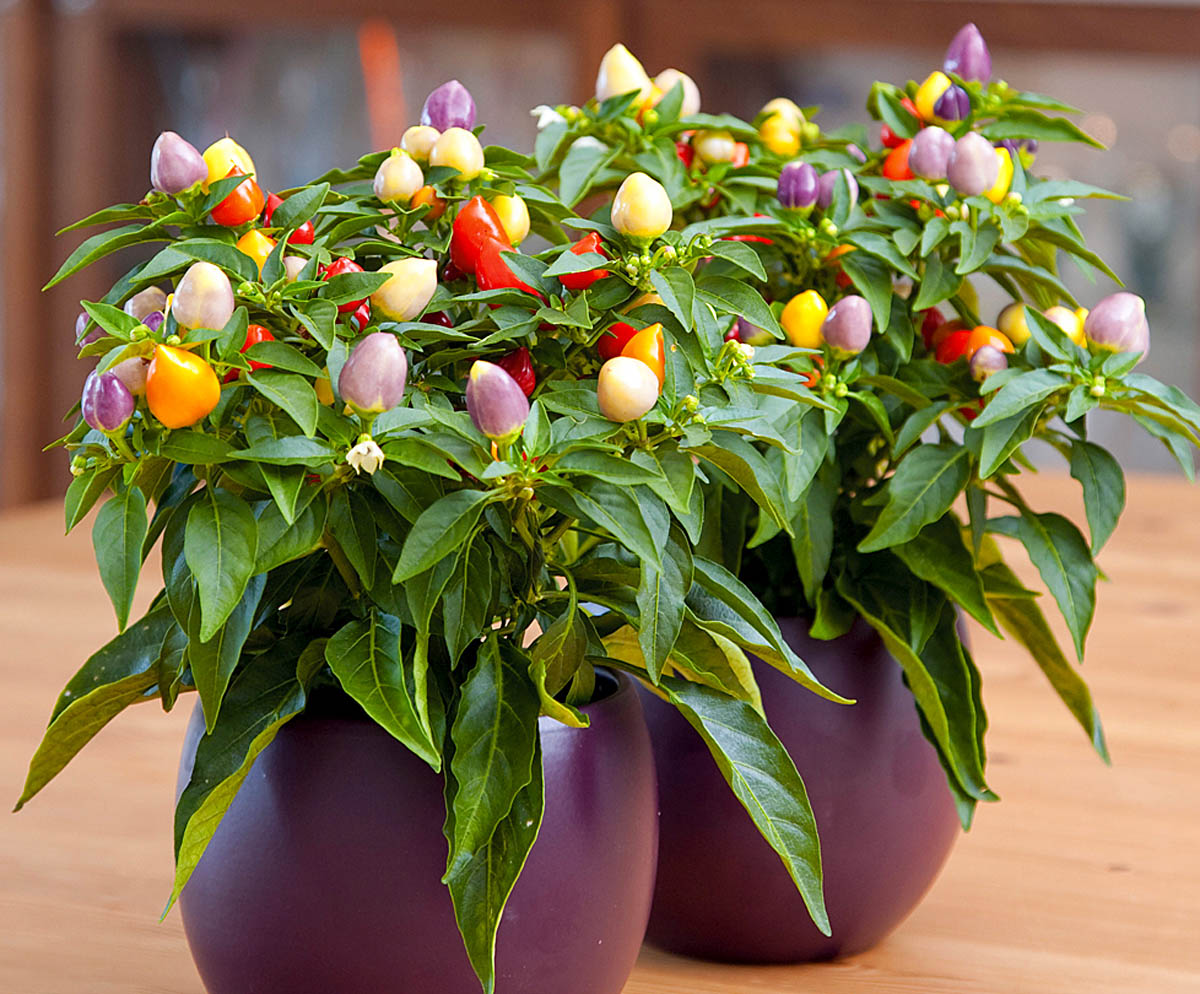
Ficus benjamina
This is one of the best natural air purifiers. Plus, the plant simply madly absorbs moisture and is calm if it is forgotten (but not for long!).
The tree looks very beautiful, especially when the crown is formed correctly. And if you have a spacious kitchen, then the ficus can be placed on the floor.
Benzoin resin and other biologically active substances released by Ficus Benjamin improve the indoor air environment and eliminate unpleasant odors. The leaves also absorb various harmful toxins and purify the air from pathogens.

Ficus Elastica will also grow well in the kitchen: it similarly loves moisture and is not particularly whimsical.

Aichrizon
A genus of succulent plants that looks very interesting: the shoots are partially branched and almost do not become woody, the leaves are fleecy - of an interesting shape (heart-shaped), sometimes they have colored inclusions (yellow, white, gray or red). Aichrizon blooms with small star-shaped flowers.
This is an unpretentious indoor plant that does not require special care. It grows well both on the windowsill in the kitchen and on the refrigerator.
The main benefit lies, rather, in energetic terms: it attracts love, financial well-being, and cleanses the aura of the home. However, this is not exactly what we are talking about. Aichrizon can be placed in the kitchen, if only because it is quite hardy and will survive the conditions that are present in this room.
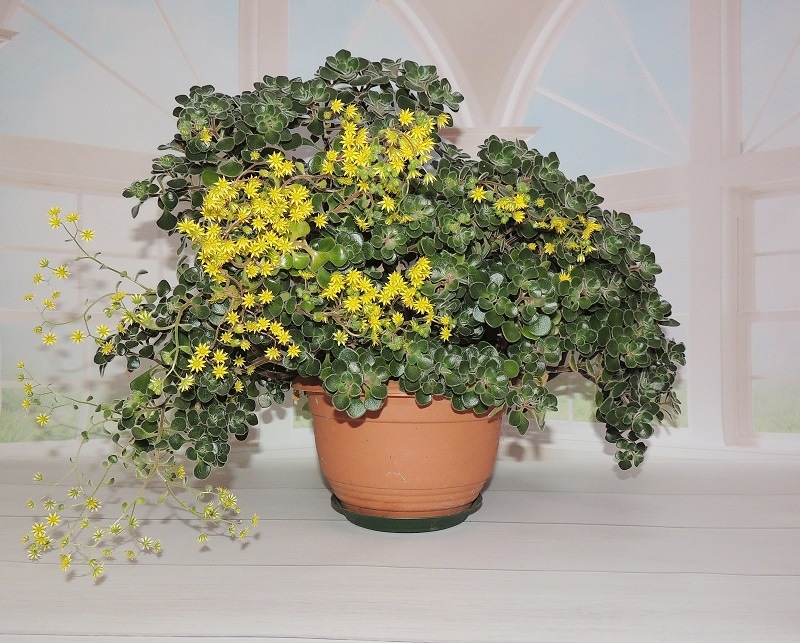
Myrtle
An interesting and attractive tree with a pleasant aroma, beautiful flowers, and beneficial properties. Thanks to its antibacterial effect, myrtle perfectly purifies the air and eliminates unpleasant odors. Under the influence of essential oil, camphor, flavonoids, saponins and other beneficial substances, pathogenic microbes die, and the kitchen is filled with fresh air.
Interestingly, myrtle can be an excellent seasoning for meat or fish. Its leaves are used to season dishes or add to marinade.
